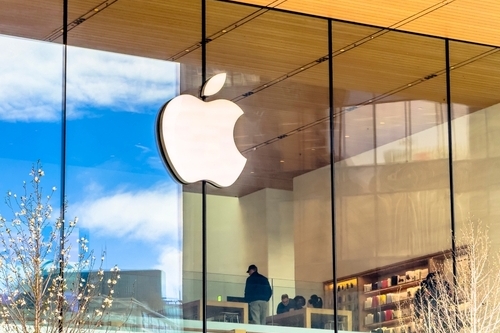RPT-BREAKINGVIEWS-Surging wholesale prices mock lust for lower rates

By Gabriel Rubin
WASHINGTON, Aug 14 (Reuters Breakingviews) - The wait for signs of trade-war trouble ended with a bang. U.S. producer prices, a step before what consumers pay, increased 0.9% in July from the previous month, far outpacing what economists expected. It’s a substantial and surprising enough rise to frustrate the mounting case, and desire, for a series of cuts to benchmark interest rates, and cast fresh doubt on the Trump administration’s dubious economic policies.
The latest inflation report provides evidence of direct effects from higher import duties. Trade services, a measure of corporate profit margins, gained 2% month over month. It suggests that companies are raising prices to account for more expensive inputs or in anticipation of broader constraints on future profitability. Machinery and equipment wholesaling were big contributors, putting a bleaker spin on the $100 billion of tariff revenue since April.
Moreover, the figures vindicate Fed Chair Jerome Powell’s methodical approach, based on the premise that a consumer-based economy cannot raise average tariff rates from about 2% to more than 20% without spiking some prices. Treasury Secretary Scott Bessent, by comparison, will have a harder time justifying his call for a federal funds rate 1.5 percentage points lower than its current 4.25% to 4.5% range. Futures markets had been indicating expectations for at least a 0.75% drop in borrowing costs by year-end.
President Donald Trump’s relentless bullying of Powell, blurring the line between fiscal and monetary policy, also comes off as increasingly misguided. This week, he urged Goldman Sachs GS.N to fire its chief economist for a prediction that U.S. consumers would eventually bear two-thirds of the tariff costs. The investment bank is sticking by the forecast, looking even more prescient now.
Wholesale prices also provide a timely reminder about the importance of credible and authoritative number crunchers. Investors around the world rely on accurate official information from the U.S. Bureau of Labor Statistics and beyond. Instead, Trump fired the agency’s chief earlier this month after revisions to earlier reports – standard practice to reflect fresh data – indicated a weaker job market than before. In her place, the president has nominated a political lackey with no relevant experience to run BLS.
Fudged producer prices would not make the U.S. economy any stronger. If anything, the distance between sunnier figures and the dismal reality would manifest itself in bond markets, accounting both for the unpredictability and the added risk of flying blind.
Follow Gabriel Rubin on Bluesky and LinkedIn.
CONTEXT NEWS
The U.S. gauge for wholesale prices, the producer price index for final demand, jumped 0.9% last month after being unchanged in June, the Bureau of Labor Statistics said on August 14. Economists polled by Reuters had anticipated a 0.2% rise.
Wholesale prices increased 3.3% from a year earlier. Services prices grew 1.1%, the largest gain since March 2022, with big jumps in machinery and equipment wholesaling, costs of portfolio management, hotels and motels, and road transportation of freight. Goods prices rose 0.7%, the biggest gain since January.






